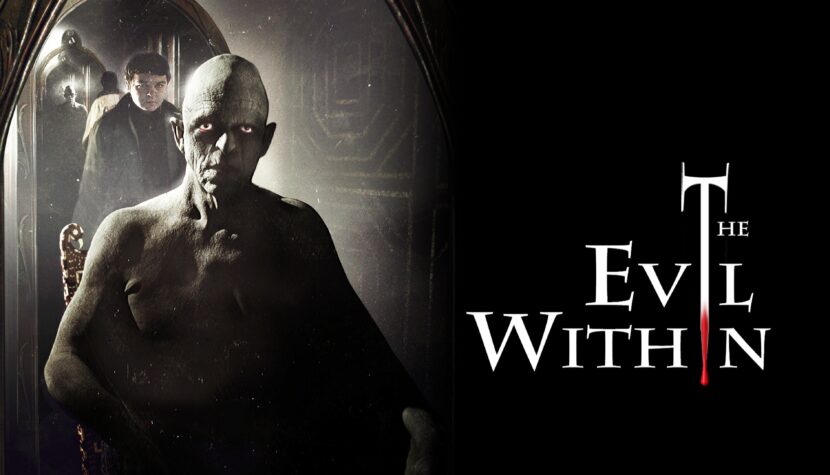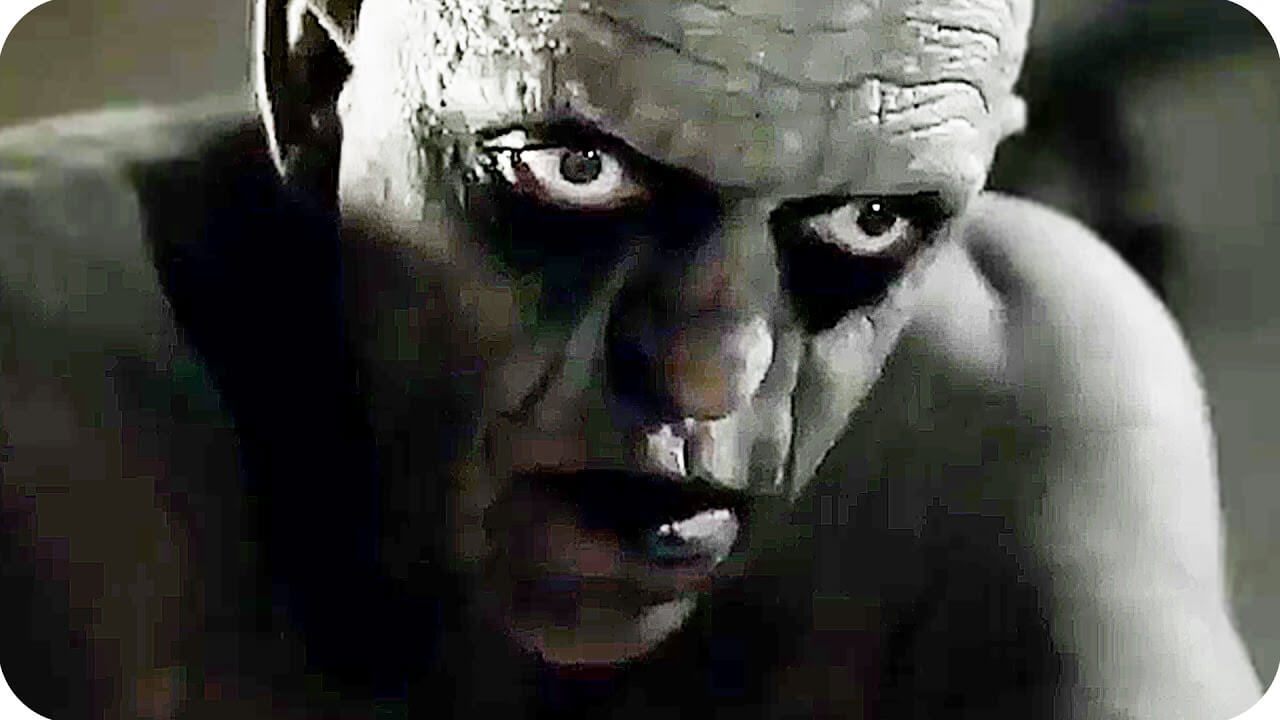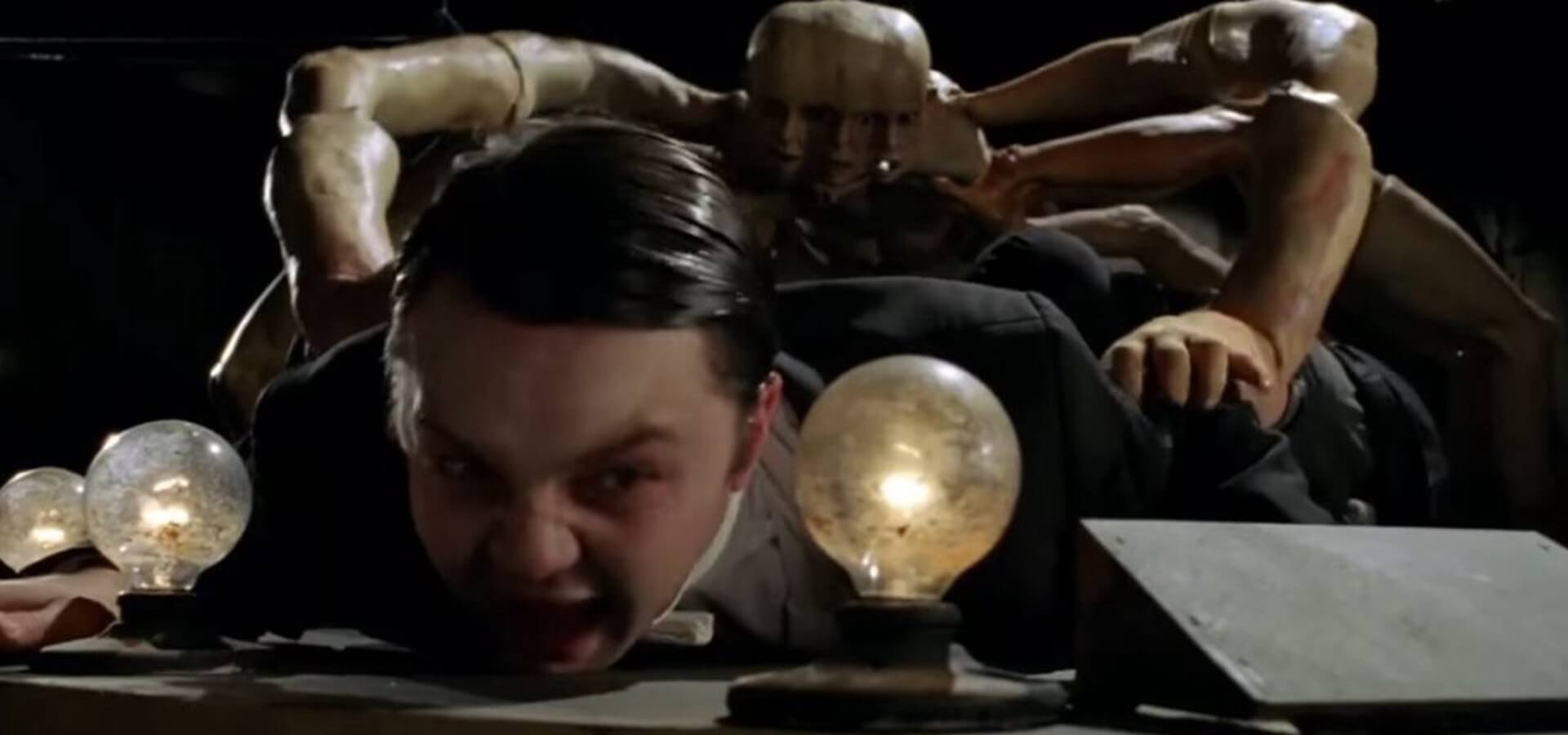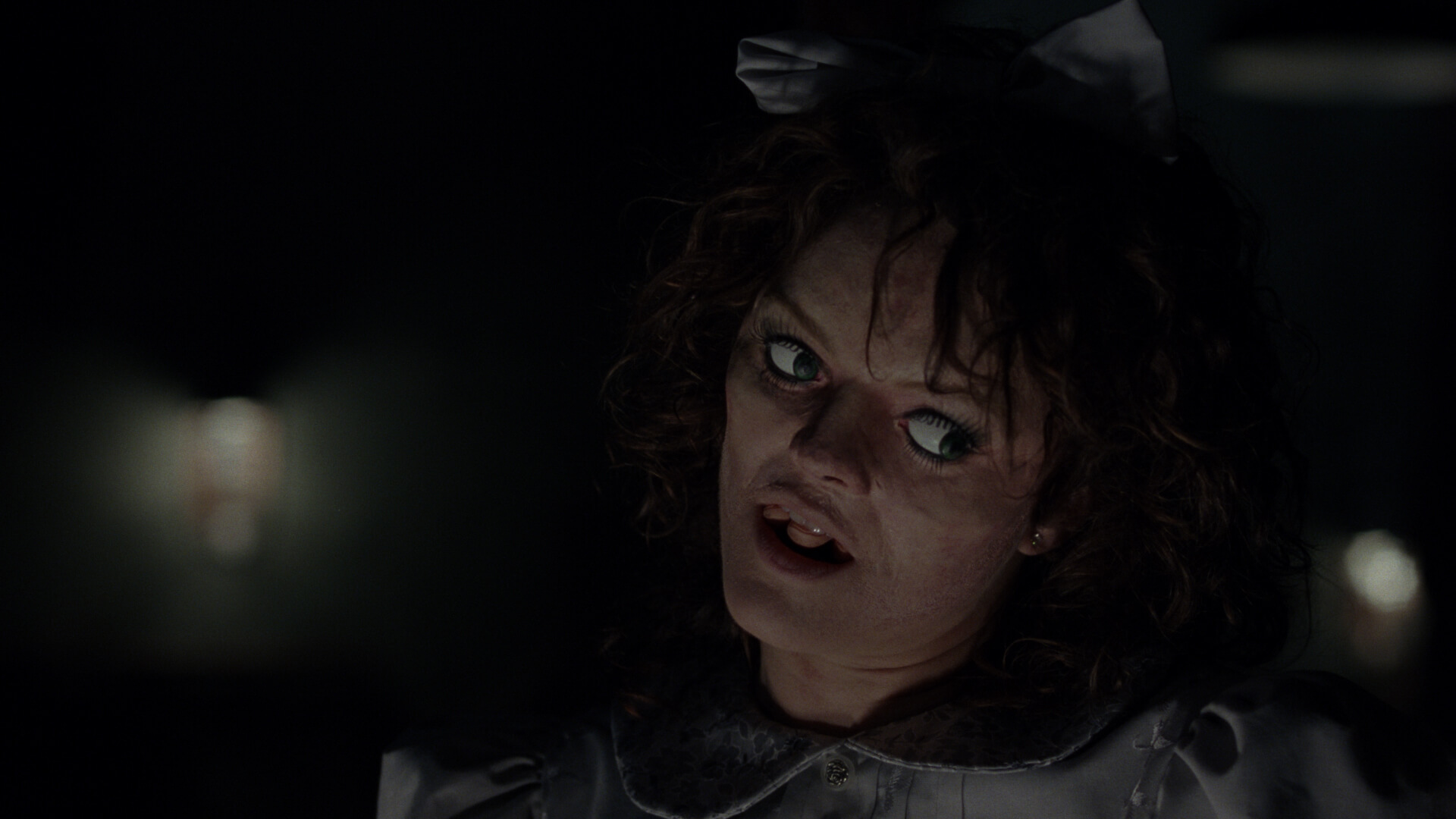THE EVIL WITHIN. How a millionaire junkie wanted to make a horror movie and died trying

This really happened. A super-rich recluse from an oil tycoon dynasty spent over a decade obsessively creating his magnum opus in the seclusion of his home. In the meantime, he went bankrupt and became addicted to narcotics. Before he could finish editing his opus magnum, he died due to drug abuse, and the film was completed by his friend.
Getty's curse
The fate of the American Getty family is filled with suffering and tragedy. Jean Paul Getty, the founder of the Getty Oil Company and at one time the world’s richest man, lost his eldest son, George, who died of a stroke before reaching fifty. His youngest son, Timmy, lost his battle with brain cancer at the age of just 12. John Paul Getty III, the teenage heir, was kidnapped by the Italian mafia, imprisoned in a cave, and tortured. His grandfather hesitated to pay the ransom until the kidnappers sent him his grandson’s severed ear. The young boy survived such deep trauma that, after his release, he became addicted to drugs and alcohol. He suffered a stroke after consuming a mixture of vodka, Valium, and methadone, leaving him paralyzed from the neck down, partially blind, and unable to speak. He passed away in 2011 after a long illness. In the 1970s, John’s stepmother, actress Talitha Pol, died of a heroin overdose. Another descendant of the cursed family, John Gilbert, was found dead in a hotel room after consuming significant amounts of fentanyl. Five years earlier, his brother, Andrew Rork Getty, had passed away.

Andrew was born in 1967 in San Francisco as the second of four sons of composer Gordon Getty and paleoanthropologist Ann Gilbert. Little is known about his life because, for understandable reasons, the Getty family avoided publicity. It is known that from a young age, he displayed a talent for the visual arts. In the late 1980s, he pursued film studies at the University of Southern California and New York University. Later, he assumed the position of president of the investment company A. Rork Investment Inc. and became the manager of the production company Rork Productions. His obituary suggests that he was a well-known figure in Hollywood, where he worked as an actor, director, producer, and screenwriter specializing in low-budget horror films. However, none of the major film databases confirm these claims. While he was indeed a film enthusiast, like his cousin Balthazar, who appeared in David Lynch’s Lost Highway, his cinematic output was exceptionally modest, consisting of only one feature film. Nevertheless, this film is unlike any other.
The Storyteller
Getty began working on the film The Storyteller at the turn of the century. The screenplay was inspired by extremely realistic childhood nightmares experienced by the director. Some of these nightmares were shockingly brutal, leading Getty to believe that someone must be “planting” them in his mind, as he found it impossible for a child to have such horrifying dreams. It was then that he conceived the character of the “Narrator,” the actual creator of these nightmares. Another significant inspiration came from the crimes of David Berkowitz, a serial killer known as the Son of Sam, who terrorized the residents of New York City in the 1970s. When apprehended, Berkowitz claimed that a demon in the form of a talking dog ordered him to commit the murders. The complicated history of the Getty family also found its way into the script, as did Andrew’s addiction to methamphetamine. The long-term side effects of using this highly toxic substance include physical deterioration, mental disorders, anxiety, phobias, insomnia, visual and auditory hallucinations, paranoia, and methamphetamine psychosis – a dangerous condition that is difficult to distinguish from paranoid schizophrenia.

Filming began in 2002, primarily at Getty’s luxurious Los Angeles estate. The host converted one of the rooms into a post-production studio, where he created camera mounts according to his own designs, as well as elements of the elaborate set and special effects, including an animatronic octopus that played the drums. Over the next five years, production was repeatedly halted and resumed as Getty tirelessly fine-tuned every frame of the film and changed collaborators. The director invested approximately five million dollars in The Storyteller, which pushed him to the brink of bankruptcy. At one point, he subsisted solely on cereal. He cut corners in every aspect of his life except for the film and drugs. In March 2015, Getty was found dead in his home, lying half-naked in a pool of blood. A post-mortem examination revealed internal bleeding caused by ulcers in the duodenum, brought on by methamphetamine use. Producer Michael Luceri completed the film, retitled it The Evil Within, and arranged for its premiere at the Fantasporto film festival in 2017.

Plot
Intellectually disabled Dennis (Frederick Koehler) lives in an opulent mansion with his older brother, John (Sean Patrick Flanery), who takes care of him after their parents’ death. Dennis struggles to distinguish between the world of fantasy and reality and suffers from nightmares haunted by a Mephistophelian entity called “Cadaver” (Michael Berryman). One day, Dennis receives an antique mirror from John, which he has seen in his dreams, and forms a pact with his own reflection, which also takes on the form of “Cadaver”. The reflection agrees to stop the horrifying nightmares if Dennis starts killing animals. When killing cats is no longer enough to satisfy the demons, Dennis begins targeting children, a social worker, customers at his favorite restaurant, and other random individuals. Meanwhile, plagued by guilt, John confesses to his girlfriend, Lydia (Dina Meyer), the family secret: Dennis was a childhood prodigy who regressed in development when John accidentally pushed him down the stairs. In the climax, possessed Dennis transforms into a sadistic ventriloquist manipulating puppets in a terrifying diorama.

The Evil Within evokes a combination of A Nightmare on Elm Street, Tales from the Crypt, Tim Burton’s visions, and Tommy Wiseau’s The Room. From a purely craftsmanship perspective, it’s amateurish: the characters are absurd, the dialogues are cringe-worthy, the acting leaves much to be desired, the presence of some characters is hard to justify, several plot threads lead nowhere, Dennis’ internal monologue quickly becomes unbearable, special effects often fall short (although they are still impressive considering they were created by a non-professional), the plot is hole-ridden and nonsensical, the editing reveals that the whole film is composed of the few usable scraps, and the lack of studio supervision is all too apparent – especially in the bloody murder and torture scenes (both physical and psychological). There are plenty more moments and conversations like, “Nice to see you,” Dennis says to a friendly ice cream vendor he secretly admires. “Of course, it’s nice to see me. I’m unearthly attractive,” the girl replies. Getty’s film is full of such moments and exchanges.

Really scary movie
Nonetheless, it all has its undeniable charm. Getty’s passion, dedication, and effort are palpable in every, even the most absurd, scene of this bizarre and uneven horror film. It’s clear that a similar film could never have been made under the auspices of a commercial film studio. The experiments of the deranged director are impressive, and his dedication to the cause makes him an artist with Stanley Kubrick-like ambitions (even if his talent was closer to Ed Wood’s). Most importantly, The Evil Within does what every good horror film should do: it effectively scares. The film exudes an incredibly unsettling atmosphere and is filled with hallucinatory, nightmarish images that are impossible to forget: a bloodthirsty succubus with breasts hanging from her back, a screaming woman with her eyes pulled apart at the mouth, undead puppets that are part of a decaying diorama, a hybrid of “Cadaver” and a giant spider… When it comes to figuratively depicting dreams, Getty handles it just as well as Lynch in Mulholland Drive and definitely better than Nolan in Inception.

It’s difficult to consider The Evil Within in isolation from the life of its creator: addiction to methamphetamine, madness, and premature death in the solitude of an extravagant mansion. And although this film is more than the sum of the elements that contributed to its creation, its interpretation suggests itself: it’s a somber meditation on the hell of drug addiction, stemming directly from the twisted mind of a man who successively loses all connections to the outside world and no longer knows who he is or what constitutes truth, and what is merely a product of his distorted imagination. Therefore, the story behind the creation of this eccentric work can be seen as a source of inspiration for independent action and, at the same time, a warning about the pitfalls of one’s own mind. One thing is beyond doubt: The Evil Within is not just another soulless, profit-oriented product like Marvel’s film-like productions; it’s a unique artifact born out of a sincere love for cinema. It’s also a rare case of an unsuccessful film that is worth watching, especially for horror enthusiasts.

